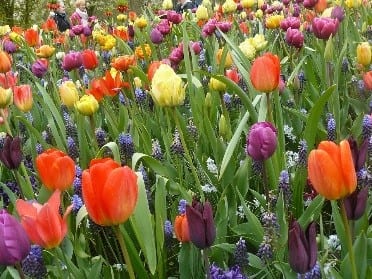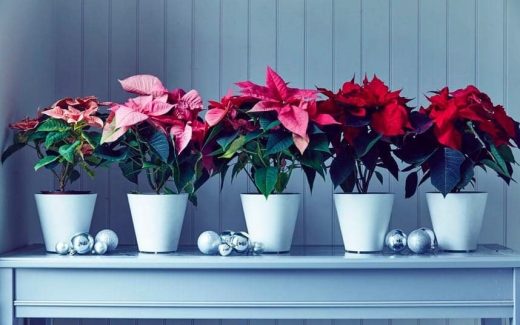If your irises aren’t looking healthy this year, they may have a condition called bacterial soft rot. The bacteria will cause a smelly and slimy rot of the leaves and rhizomes. Leaves often separate easily from the rhizome. If your plants are heavily infested they may die.
 Though most often associated with iris borer, environmental damage can also provide an entry point for this disease.
Though most often associated with iris borer, environmental damage can also provide an entry point for this disease.
Rhizomes that show extensive signs of damage should be discarded. If there is a plant that has special value, you may wish to try to save it. The American Iris Society suggests using a spoon to remove all infected tissue. Then, allow the rhizome to dry in the sun. Finally, use a chlorine based cleanser to powder the wound. Dousing in place with Dial antibacterial soap (with triclosan) can be substituted for the chlorine based cleanser.
When dividing rhizomes from beds that have shown evidence of soft rot, disinfect the knife between cuts of even apparently healthy rhizomes with a 10% bleach solution or rubbing alcohol.
As mentioned previously, iris borer damage can provide a place of entry for this disease. To control iris borers, remove and discard dead leaves in the fall to eliminate a number of the iris borer eggs. Larvae can also be killed by hand in June by squeezing infested leaves in the vicinity of the injury. During division, borers in lightly infested rhizomes can be killed by poking them with a piece of wire. Borer control can also be achieved through the use of imidacloprid (Merit, Bayer All-In-One Rose & Flower Care, Bonide Systemic Granules, Hi-Yield Systemic Insect Granules) or through the use of the parasitic nematodes Steinernema carpocapsae or Heterorhabditis bacteriophora.
By: Cassie Homan
 Late September through October is an excellent time to plant spring-flowering bulbs such as crocus, tulips, and daffodils. These plants need to develop roots in the fall and must meet a chilling requirement over the winter in order to bloom in the spring.
Late September through October is an excellent time to plant spring-flowering bulbs such as crocus, tulips, and daffodils. These plants need to develop roots in the fall and must meet a chilling requirement over the winter in order to bloom in the spring. Though most often associated with iris borer, environmental damage can also provide an entry point for this disease.
Though most often associated with iris borer, environmental damage can also provide an entry point for this disease. Christmas plants such as poinsettias, holiday cactus, and amaryllis bulbs are a fun way to bring some color to the winter months. They like a bright, sunny location in your home and regular watering. With proper care these plants can be kept from year to year for lasting value.
Christmas plants such as poinsettias, holiday cactus, and amaryllis bulbs are a fun way to bring some color to the winter months. They like a bright, sunny location in your home and regular watering. With proper care these plants can be kept from year to year for lasting value. Is the thought of cold, winter days bringing you down? Fall is the best time to plant bulbs to have a pop of color in your landscape in the spring. Bulbs are often the first plants to make an appearance after a long winter and can be enjoyed with little effort and maintenance.
Is the thought of cold, winter days bringing you down? Fall is the best time to plant bulbs to have a pop of color in your landscape in the spring. Bulbs are often the first plants to make an appearance after a long winter and can be enjoyed with little effort and maintenance.